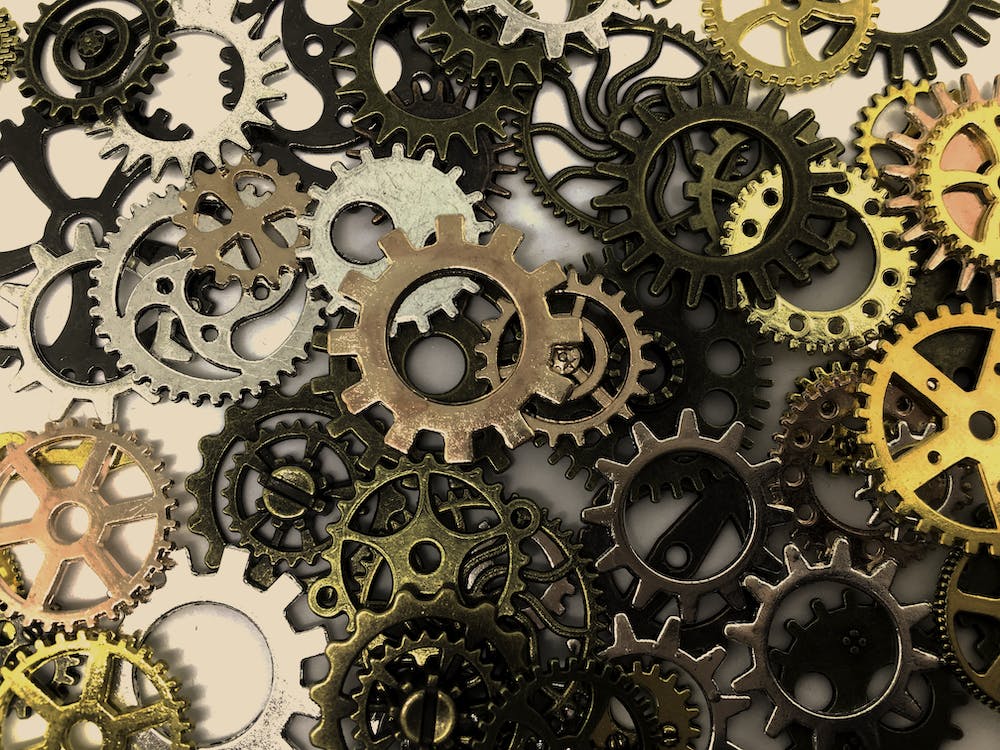
FAQ About Industrial Design

How do industrial designers collaborate with engineers and manufacturers?
Collaboration between industrial designers, engineers, and manufacturers is crucial for the successful realization of a product design. Here are some ways in which industrial designers collaborate with engineers and manufacturers:
- Early Collaboration: Effective collaboration begins early in the design process. Industrial designers and engineers should engage in discussions and brainstorming sessions from the initial stages to align their goals, exchange ideas, and establish a shared vision for the product. This collaboration ensures that the design feasibility and manufacturing considerations are taken into account right from the start.
- Design Reviews and Feedback: Industrial designers often present their design concepts and ideas to engineers and manufacturers for review and feedback. These design reviews provide an opportunity for engineers and manufacturers to assess the feasibility of the design, identify potential technical challenges, and provide input on materials, manufacturing processes, and cost optimization. Constructive feedback from the engineering and manufacturing teams helps refine the design and make necessary adjustments.
- Design for Manufacturing (DFM) Guidance: Engineers and manufacturers play a crucial role in providing guidance on design for manufacturability (DFM). They can advise industrial designers on the selection of appropriate manufacturing processes, materials, tolerances, and assembly methods to optimize the production efficiency and quality of the design. Collaborative discussions on DFM help ensure that the design is practical, cost-effective, and can be efficiently manufactured at scale.
- Prototyping and Testing: Collaborative efforts are often required in the prototyping and testing phase. Industrial designers work closely with engineers and manufacturers to create prototypes that accurately represent the design intent. Engineers provide technical expertise to ensure that the prototypes are produced using suitable manufacturing methods and meet the required specifications. Manufacturers may also contribute by offering insights into production techniques and materials during the prototyping process. Collaborative testing and evaluation of prototypes help identify design improvements and validate the design's performance and functionality.
- Iterative Design Refinements: Throughout the design process, industrial designers collaborate with engineers and manufacturers to address technical challenges and refine the design iteratively. Regular communication, feedback exchanges, and joint problem-solving sessions allow for the resolution of issues related to materials, manufacturing processes, assembly, and functionality. This collaborative approach ensures that the final design is optimized for manufacturing while meeting the desired aesthetic, functional, and performance goals.
